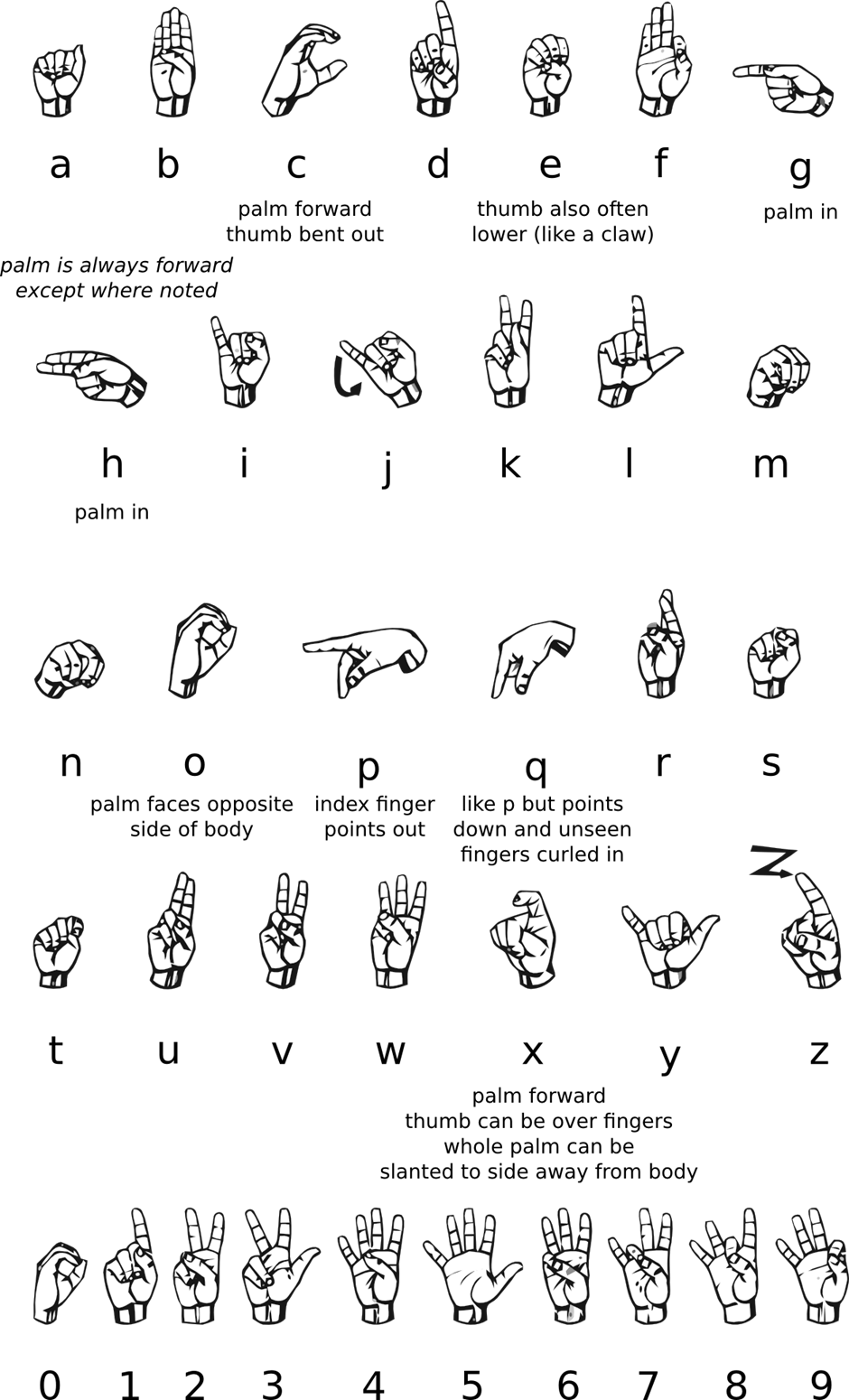Being hearing-impaired – Let’s listen more closely to the signs
One evening last month, as I wanted a break from the many Christmas movies that were being broadcasted via satellite TV, I decided to switch to one of my most frequented channels, ABC Australia. At that point, a certain programme titled Heywire was being shown. As it was my first time watching the series, on the surface level, I thought it was a comedy. Heck, I was wrong. One of the stories in the particular episode attracted my attention – an inspiring story of a girl who is no stranger to hearing impairments, having family members and a best friend who rely on the sign language in their day-to-day lives. In fact, it was gutsy of her to reveal that there might be a chance she would have hearing loss but had nothing to fear. In the same month, when my family and I were out for dinner at our favourite Japanese restaurant in one of the malls near our housing area, my father happened to call for a waiter who indicated that he was hearing-impaired and used the sign language to communicate. These two situations spurred me to write about the hearing-impaired and the sign language in a Malaysian context.
Known as the primary language of communication to those who are facing/have hearing impairments, the Malaysian sign language is derived from the American sign language. The sign language is a visual language, which is unlike the many written and spoken languages used across the world. Been following the news in the past six months? One of the issues briefly touched on in a two-hour forum – organised by a Malay Language newspaper – was how the newly appointed Minister of Education intends to better cater to school students who find hearing a challenge (Fast forward to around 1:48 to 1:50).

Learning the basics of sign language through joining the sign language club in one of her former secondary schools proved useful. Leong Siaw Wei (pictured), whose hearing is within the normal range, related to me, “Once, when my family and I were at a stationery shop in a shopping complex, my parents at one point, had to answer nature’s call.” She went on, “As they were unsure of the location of the washroom, my parents spoke up to ask one of the staff for directions (to the washroom).” She continued, “However, my parents realised that the person they were speaking to seemed to struggle to understand their question.” It was then that Leong had a lightbulb moment, thinking the staff might be hearing-impaired, which was why she proceeded to use her skills and showed him the appropriate sign for ‘washroom’. Ending her story, Leong said, “Eventually, my parents understood why.”
When asked what made her want to join the sign language club, she said, “I had a look at the clubs in my school during the introduction week and felt that the sign language club stood out the most, so my friend and I decided to sign up for the club.”
In fact, Leong highlighted that a good number of students in her school had hearing impairments. She disclosed, “During the time I was in school, there were classes meant for students who had hearing impairments, especially those from Forms 1 to 4.” She clarified, “The teachers allocated to these classes were able to handle those who had hearing impairments.” She told me, “I remember during our morning assembly, there would always be a teacher helping to translate and using the sign language to accommodate those who were unable to process audio as most other students normally would.”
When she joined the school club as a then Sixth Former of the Methodist Boys’ School in Kuala Lumpur, there were up to 30 student members. According to Leong, the teacher advisor, who had normal hearing capacity, provided members with some reference materials that facilitated them in the teaching and learning processes of the sign language. Leong also shared with me that one of the activities saw members learning and performing a song – in the sign language.
On the benefits of learning the sign language, Leong said, “You’ll never know when the sign language will come in handy. So, it’s always good to have an extra skill.”
Signing off, Leong said, “It was great learning the sign language and it would be nice if I could revisit it and pick up even more.”
Note: Form Six/6 in Malaysia is one of the pathways to university. It is the country’s equivalent of the British/UK A-Levels. Those who decide to enrol in and complete the Sixth Form will sit for the Sijil Tinggi Pelajaran Malaysia (STPM), which is offered at selected government schools and a few private colleges.










Showing 0 comments